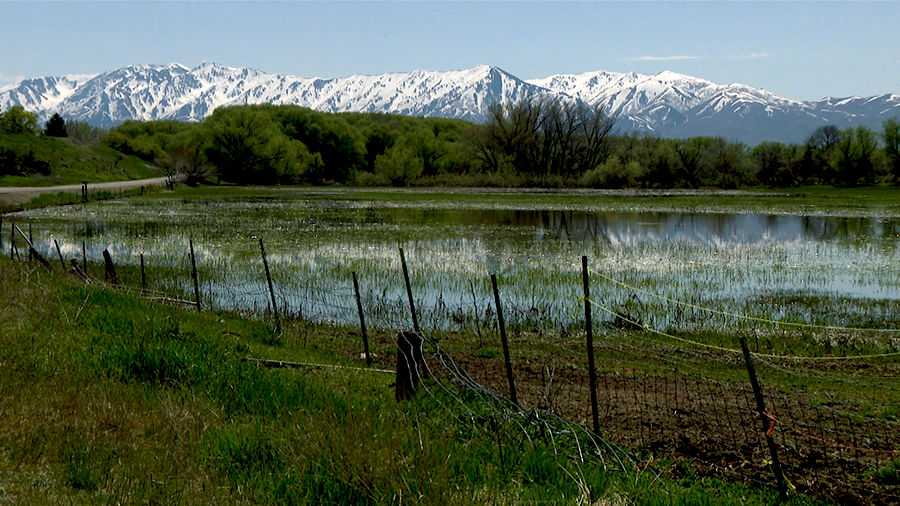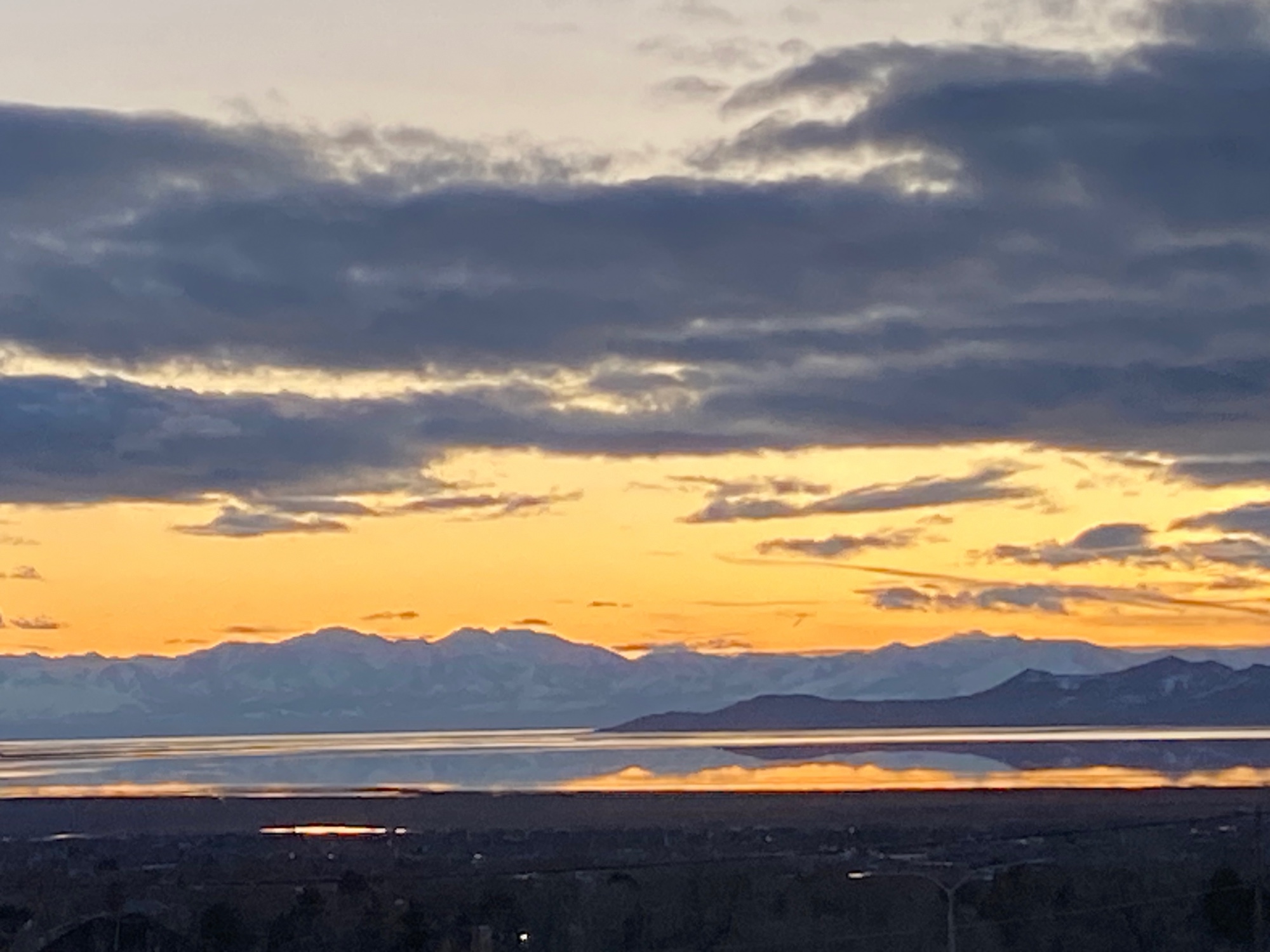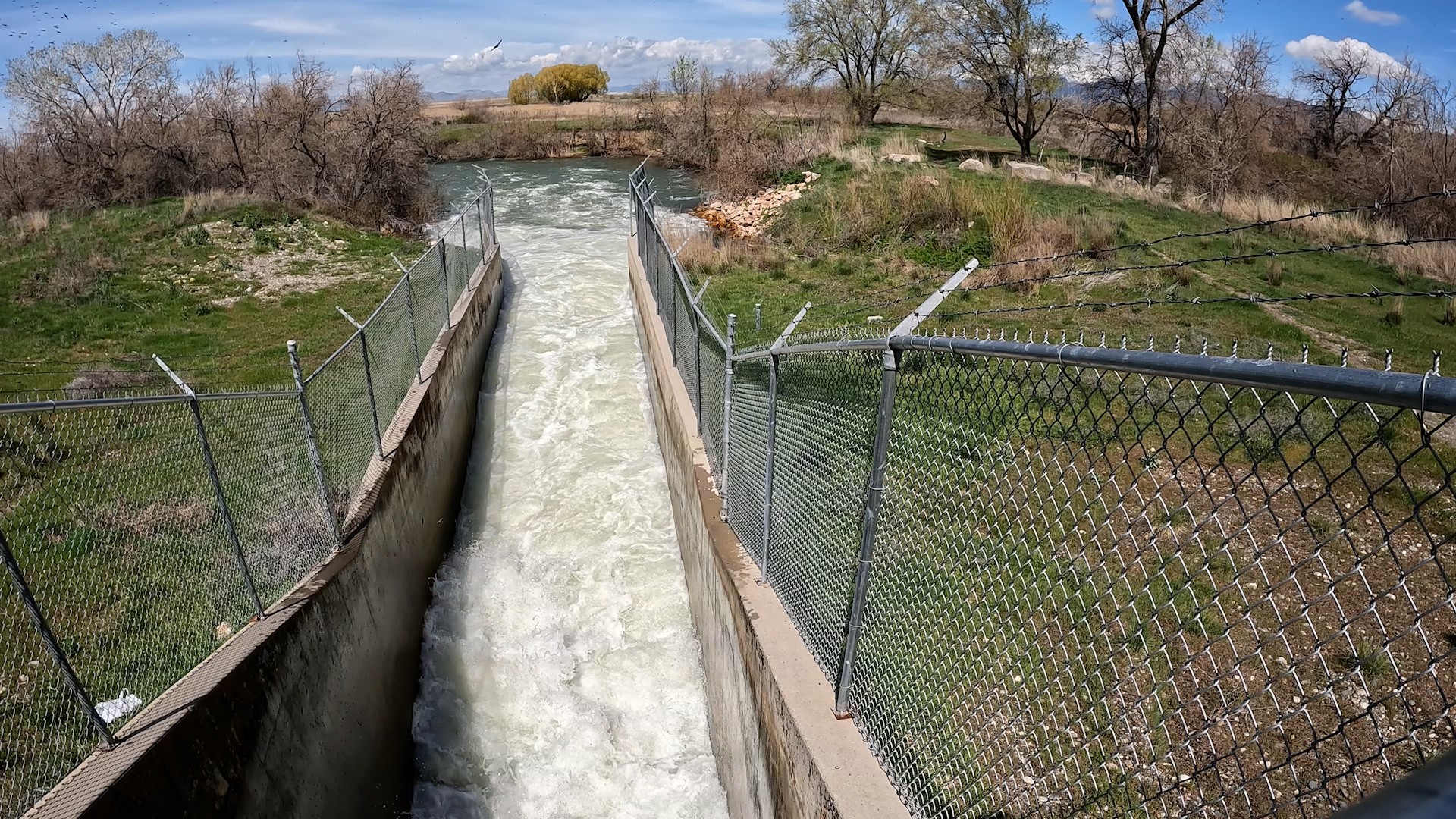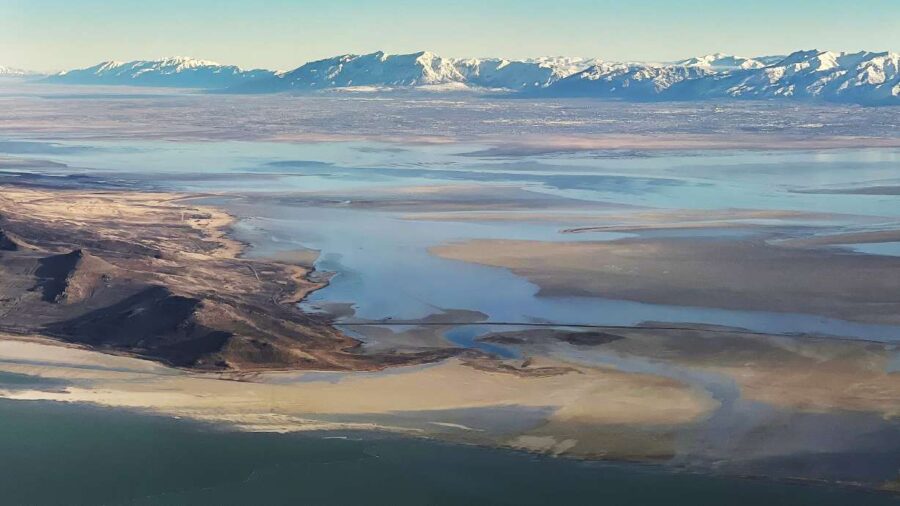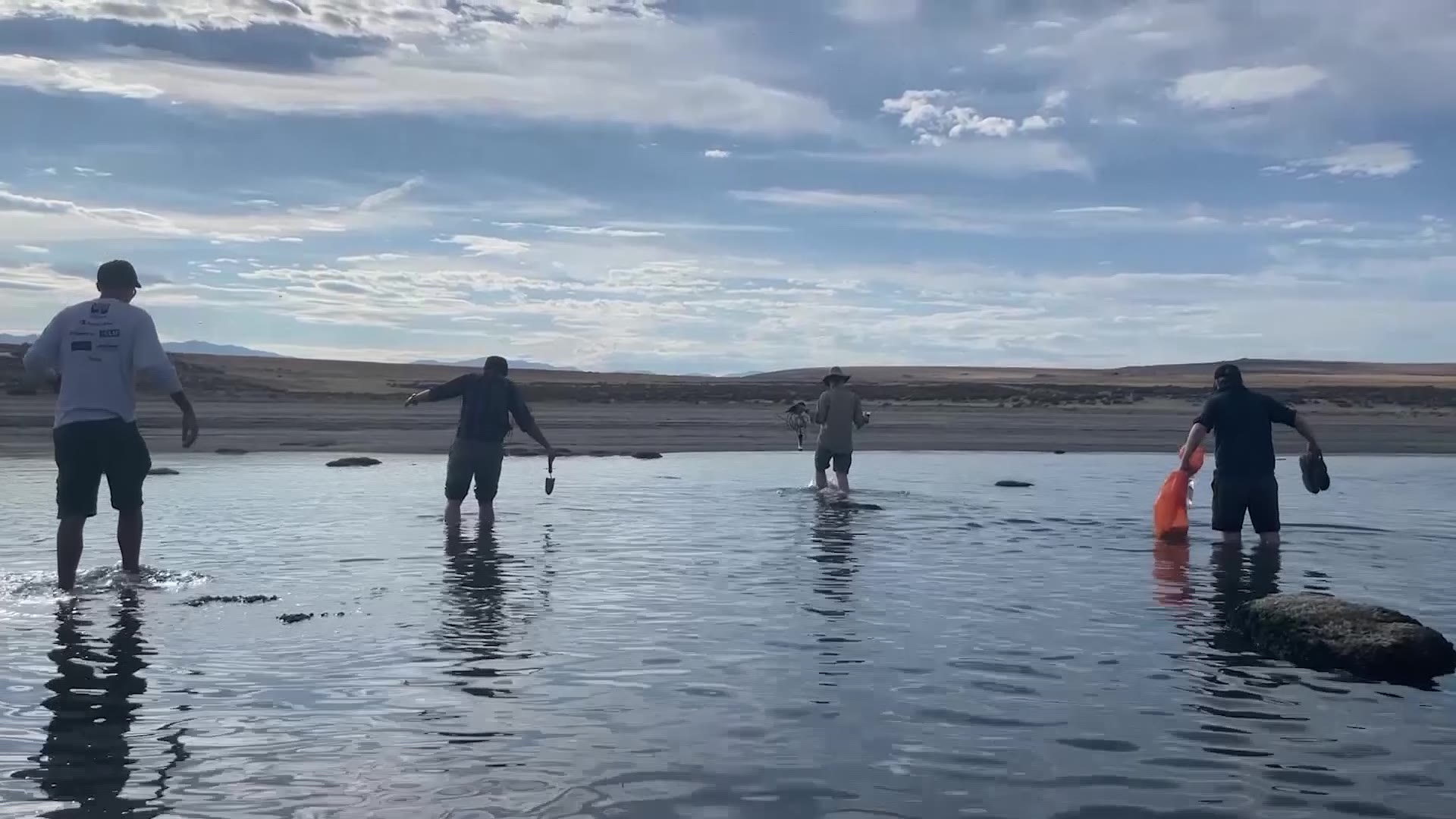Is tree-thining a solution for saving the Great Salt Lake?
Mar 3, 2023, 7:12 PM | Updated: 7:56 pm
Editor’s note: This article is published through the Great Salt Lake Collaborative, a solutions journalism initiative that partners news, education and media organizations to help inform people about the plight of the Great Salt Lake — and what can be done to make a difference before it is too late. Read all of our stories at greatsaltlakenews.org.
SALT LAKE CITY — As we look for ways to raise the levels of the Great Salt Lake, some local leaders are pushing tree-thinning as a way to get more water downstream.
Salt Lake County Councilwoman Dea Theodore believes tree-thinning could put as much as 1.5 Million more acre-feet of water per year into the Great Salt Lake.
But some experts say that is at the very least, overly optimistic.
One thing is for sure, the snowpack is everything.
“98% plus of the water we see coming down our streams is cold season precipitation,” said Randy Julander, a retired snow survey supervisor for the Natural Resources Conservation Service.
It’s the water we drink, that feeds our lawns, and our agriculture. And hopefully, when we’re all done, we save some of it for the Great Salt Lake.
Getting the Great Salt Lake back to a comfortable water level is going to take a lot of precipitation and work.
One thing is for certain, we need to keep seeing more of the same stormy patterns we’ve been seeing this winter.
That will help contribute to our snowpack and eventually our runoff, which will help lake levels rise.
Julander said, “Most of the solutions that are being talked about are every drop counts.”
He’s heard and looked over many of the proposed solutions. And one getting attention now is what we could do with our wildlands.
Salt Lake County Councilwoman Dea Theodore is asking Governor Spencer Cox and our state legislature to strongly consider tree-thinning.
She sent a letter that said, “The trees in our over-grown forests and other non-native, noxious trees along our rivers and streams are consuming trillions of gallons of water that would otherwise flow downstream to the Great Salt Lake.”
Julander said it’s not that simple, although he agreed that we do need to manage our forests better.
“This is what our snow course looked like back in 1936,” he said as he compared an example from an area in Southeastern Utah to what it is now. “Fundamentally, we have changed our forests.”
While we need more tree-thinning to reduce fire danger, the amount of water those efforts would actually send to the Great Salt Lake Julander said, are essentially a drop in the bucket.
“If you’re going to make a dent in water going into the Great Salt Lake, you’re going to have to buy that water from the farmers,” he said.
It’s not at all an easy solution but between water rights, and what we keep in the reservoirs for our growing communities Julander said that’s the chunk we need to take look at seriously.
We already have some forest thinning coming to the western U-S thanks to about $400 million in federal funding through the bipartisan Infrastructure Law and Inflation Reduction Act.
Councilwoman Theodore did not respond to KSL’s requests for comment.



